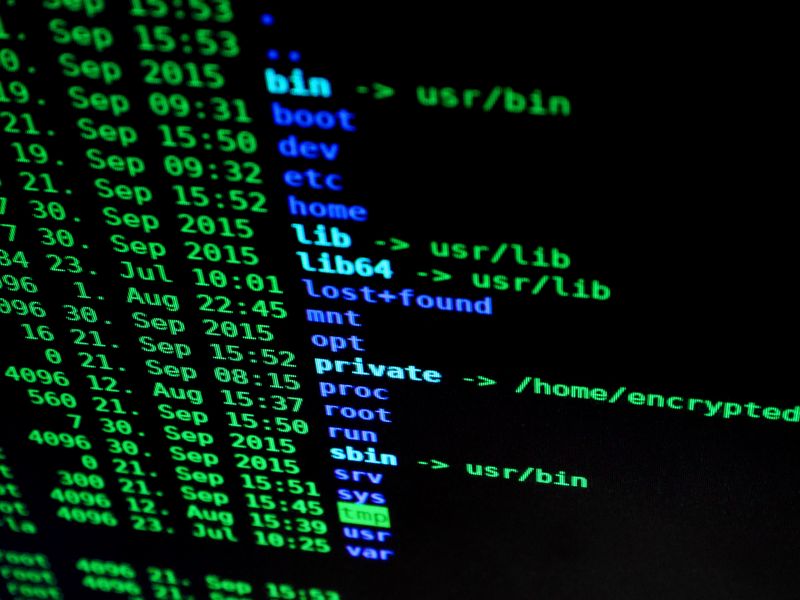Artificial Intelligence and Cybersecurity: Exploring the Intersection
The Growing Importance of AI in Cybersecurity
Artificial Intelligence (AI) has become a topic of significant discussion in recent years, and its impact on various industries, including cybersecurity, cannot be ignored. As technology evolves at an unprecedented pace, organizations are starting to realize both the immense possibilities and potential risks associated with AI.
The Cost of Data Breaches
The increasing concern around privacy, compliance, and security is driven by the rising cost of data breaches. In 2022, the average cost of a data breach was approximately $4.4 million, posing a significant financial risk for businesses. With AI-driven attacks on the rise, organizations cannot afford to have any lapses in their security practices.
The Role of AI in Boosting Cybersecurity
While AI can be used by bad actors to carry out cyber-attacks, it also presents opportunities for cybersecurity professionals to enhance their defense capabilities. According to IBM research, organizations with AI programs can identify and contain breaches 28 days faster than those without, resulting in potential cost savings of over $3 million per breach.
Authentication: Leveraging AI‘s Power
Authentication plays a crucial role in ensuring the security of digital transactions. With the increasing threat posed by fraudsters and advancements in harmful technologies like deepfakes, AI can be a game-changer in this area.
1. User Identity
Traditionally, user identity verification has relied on passwords and security questions, which can be easily compromised. However, AI can enable biometric authentication, where users are verified through unique biological characteristics such as fingerprints, facial recognition, or voice recognition. The question arises: Can AI be used to recreate biometrics for authentication?
The solution lies in liveness detection, a technique used to identify spoof attempts. By differentiating between digitally created images and sounds and those captured in real-time, AI can determine the authenticity of a user.
2. Customer Behavior
AI can analyze vast amounts of data to identify patterns of normal and questionable user behavior. By training the AI models on such data, organizations can detect anomalous behavior that deviates from the user’s typical activity. Over time, AI will continue to learn and improve its ability to detect fraudulent behavior, enhancing its accuracy.
3. Authentic Documents
Document spoofing fraud has become an increasing concern in the digital age. Bad actors can produce or steal counterfeit documents that enable them to gain unauthorized access to valuable information. With generative AI, fraudsters can create fake IDs in seconds, making it challenging for human detection.
On the positive side, AI can swiftly validate documents, picking up on suspicious features that might go unnoticed by human reviewers. This technology can make a significant difference in combating document spoofing fraud.
Embracing AI to Prevent Fraud
The impact of fraud on businesses’ bottom line cannot be underestimated. As organizations continue to face evolving and sophisticated fraud threats, AI is poised to play a critical role in next-gen authentication.
With technology budgets on the rise, AI should be a key consideration for organizations looking to invest in anti-fraud measures. By harnessing AI‘s power to authenticate activities, organizations can stay one step ahead of fraud attempts, safeguarding their customers and maintaining trust.
Looking Forward
While the development of AI brings both opportunities and challenges, organizations should not fear this technology. Instead, they should embrace AI as a powerful tool in their cybersecurity arsenal. As AI continues to evolve, businesses must stay vigilant, continuously updating their security practices and investing in cutting-edge technologies to keep pace with the ever-changing threat landscape.
Conclusion
As the world becomes more dependent on technology, AI will play an increasingly crucial role in ensuring cybersecurity. By leveraging AI for authentication and fraud prevention, organizations can enhance their security practices, detect threats more effectively, and mitigate potential financial and reputational damages. As we move forward, it is imperative for businesses to prioritize cybersecurity and stay informed about the evolving landscape of AI.

<< photo by Sebastiaan Stam >>
The image is for illustrative purposes only and does not depict the actual situation.
You might want to read !
- Microsoft Succumbs to Demands: Cloud Security Logs Now Accessible to All
- Recycling Giant Tomra Recovers from Devastating Cyberattack, Reboots Systems
- Two Jira Plugin Vulnerabilities Expose System to Potential Attacks
- Examining the Future of Cloud and Data Security: Insights from the 2023 Summit
- Data Privacy Protection Act: Banning Data Broker Sales to Government Agencies Gains Momentum
- Reducing Security Debt in the Cloud: The Path to Enhanced Data Protection in a Digitally Connected World
- The Evolution of Passwords: Decoding George Washington’s Digital Identity
- The Rise of Identity as a Service: Okta, Ping Identity, CyberArk, and Oracle at the Forefront
- Firefox 115 Patches High-Severity Use-After-Free Vulnerabilities: Safeguarding against Cyber Threats




